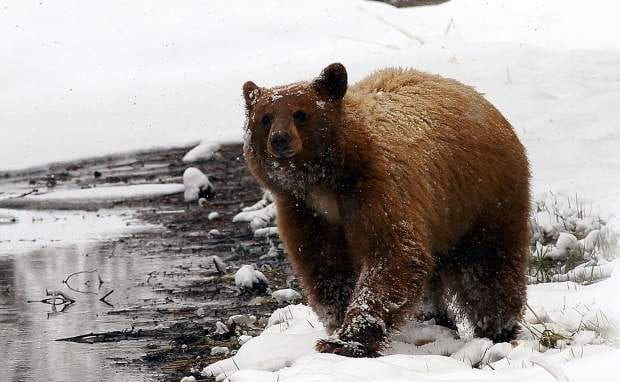Did you know that rivers don’t just run over land, but also through the sky?
Water vapor is constantly circulating through the atmosphere, particularly around the warm equatorial regions of our planet. Under the right conditions, it forms clouds and precipitation, and sometimes, long narrow bands of concentrated water vapor that carry huge amounts of moisture into the upper latitudes. These streams are referred to as “atmospheric rivers,” which are a primary feature in the global water cycle.
- Related: What is a Bomb Cyclone?
Atmospheric rivers, colloquially known as the “Pineapple Express” in western North America, bring deep atmospheric moisture from around the Hawaiian Islands (hence the name) to the Pacific coastline of Canada and the U.S. When the jet stream carrying the Pineapple Express moisture splits in two—as it occasionally does—it carries moisture and rainfall as far north as British Columbia and as far south as the Southwestern U.S.
On Sunday, California and the Pacific Northwest were hit by both a large atmospheric river as well as what meteorologists call a “bomb cyclone,” which forms when air pressure drops rapidly and the storm explosively strengthens. According to NWS Seattle, the storm’s pressure dropped to 942.5 mb—the lowest pressure ever recorded off the Washington coast.
This convergence of storms brought more than half a foot of rain to parts of the Bay area in addition to strong winds, flash floods, and mud/landslides. They also bring the potential for heavy snow to higher elevations in the Sierra Nevada mountain range. The National Weather Service in Seattle and Tacoma, Wash. predict that the huge storm system may even reach Vancouver Island in southern British Columbia today.
NOAA satellites are vital in providing important information about airborne moisture so we can better understand atmospheric rivers to not only make better weather forecasts but manage water resources, and predict flood risks.




